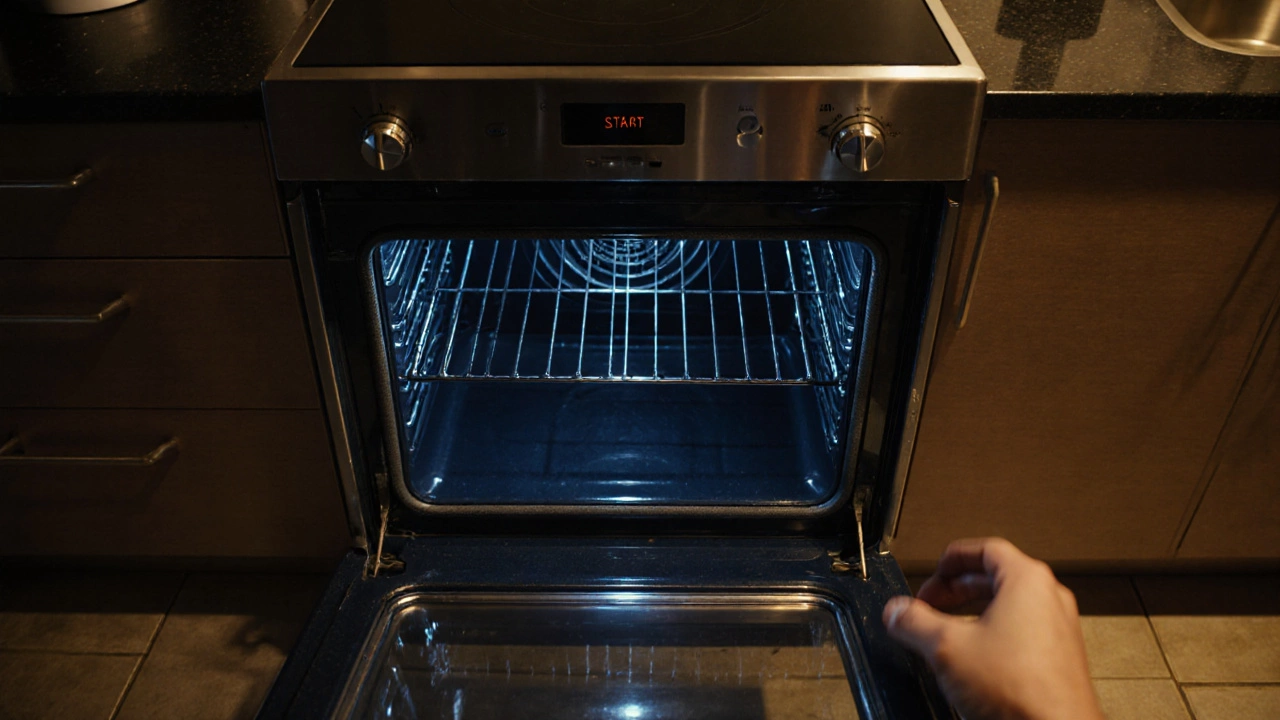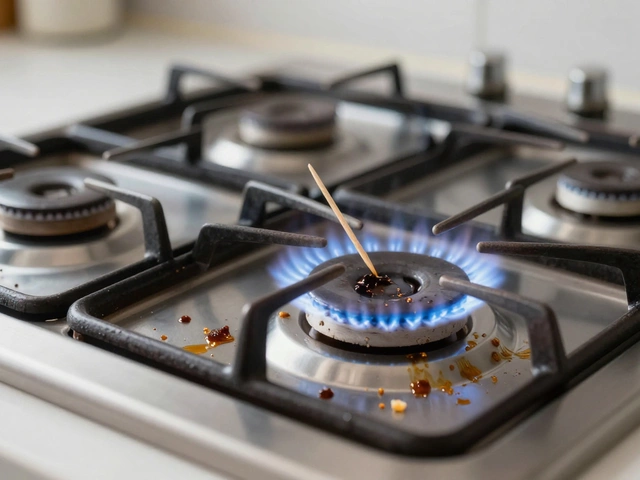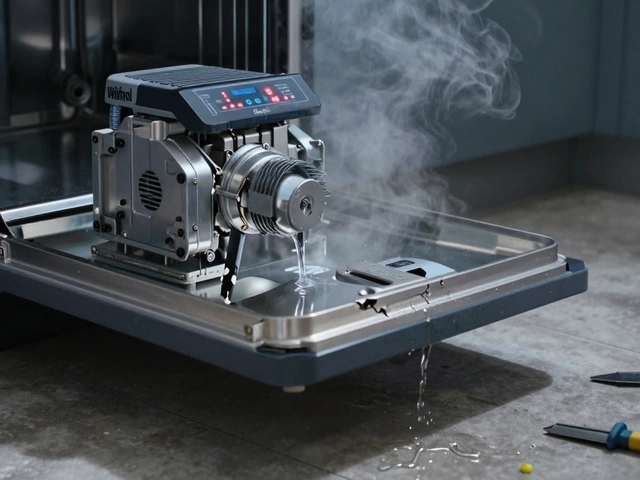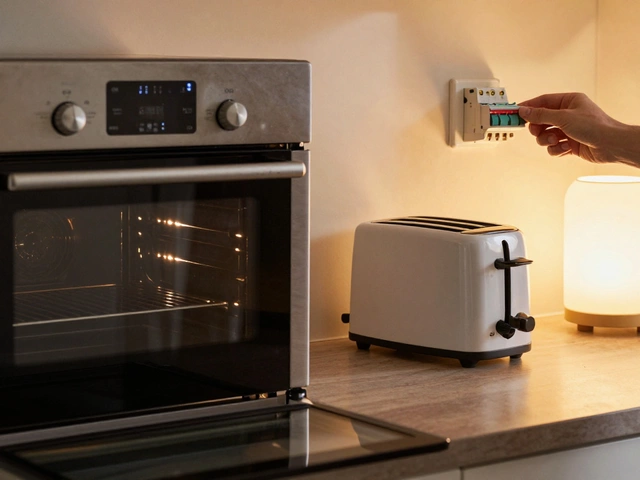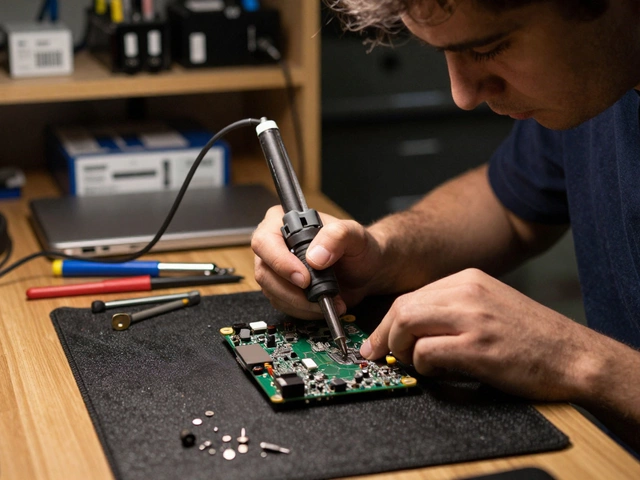Oven Thermostat: How It Works and When It Needs Fixing
When dealing with Oven Thermostat, the device that measures and controls the oven’s temperature. Also known as temperature regulator, it tells the oven when to heat up and when to cool down so food cooks evenly. A faulty thermostat can throw off the whole cooking process, leaving you with under‑baked cakes or burnt roasts. Understanding this piece helps you see why oven thermostat issues are a common reason for appliance calls.
Why the Thermostat Matters for the Whole Oven System
That thermostat doesn’t work alone. It talks to the Oven Heating Element, the electric coil that actually produces heat inside the oven cavity. The thermostat signals the element to turn on or off based on the temperature it reads – a classic example of a control loop. If the thermostat misreads the heat, the element may stay on too long or shut off too early, causing temperature swings. This relationship means that fixing a thermostat problem often restores proper element performance without swapping the whole coil.
Another key player is the Oven Control Board, the electronic brain that manages power distribution to the heating element and other oven functions. The control board receives the thermostat’s signal and decides whether to feed electricity to the element. A malfunctioning board can mimic thermostat symptoms by sending wrong commands, so technicians usually check both components together. In short, the thermostat, heating element, and control board form a three‑part system that keeps your oven at the right temperature.
Temperature sensors are often confused with thermostats, but they serve slightly different roles. A Temperature Sensor, a small probe that measures internal oven heat and feeds data to the control board works hand‑in‑hand with the thermostat. When the sensor drifts, the thermostat may think the oven is cooler or hotter than it is, leading to false heating cycles. Knowing this link helps you diagnose whether the problem lies in the sensor, the thermostat itself, or the board that interprets the data.
So, what should you do when the oven won’t reach the set temperature or keeps overshooting? First, try a simple calibration: turn the oven on, let it heat, and use an oven thermometer to compare the actual temperature with the dial reading. If there’s a big gap, the thermostat likely needs replacement or adjustment. Many homeowners can test the heating element with a multimeter, but swapping out a thermostat or control board usually requires basic soldering skills and safety precautions. When in doubt, call a qualified repair service – they can quickly pinpoint which of the three components is at fault and get your oven back to cooking reliably. Below you’ll find a hand‑picked collection of articles that dive deeper into each of these parts, show you step‑by‑step fixes, and explain how to decide between DIY repair and professional help.
Why Your Oven Won’t Heat Up and How to Fix It
- Alden Wilder
- Oct 10 2025
- 0 Comments
Discover why an oven may stop heating, how to diagnose common faults like faulty elements, igniters, or sensors, and learn safe DIY fixes versus when to call a professional.
View More